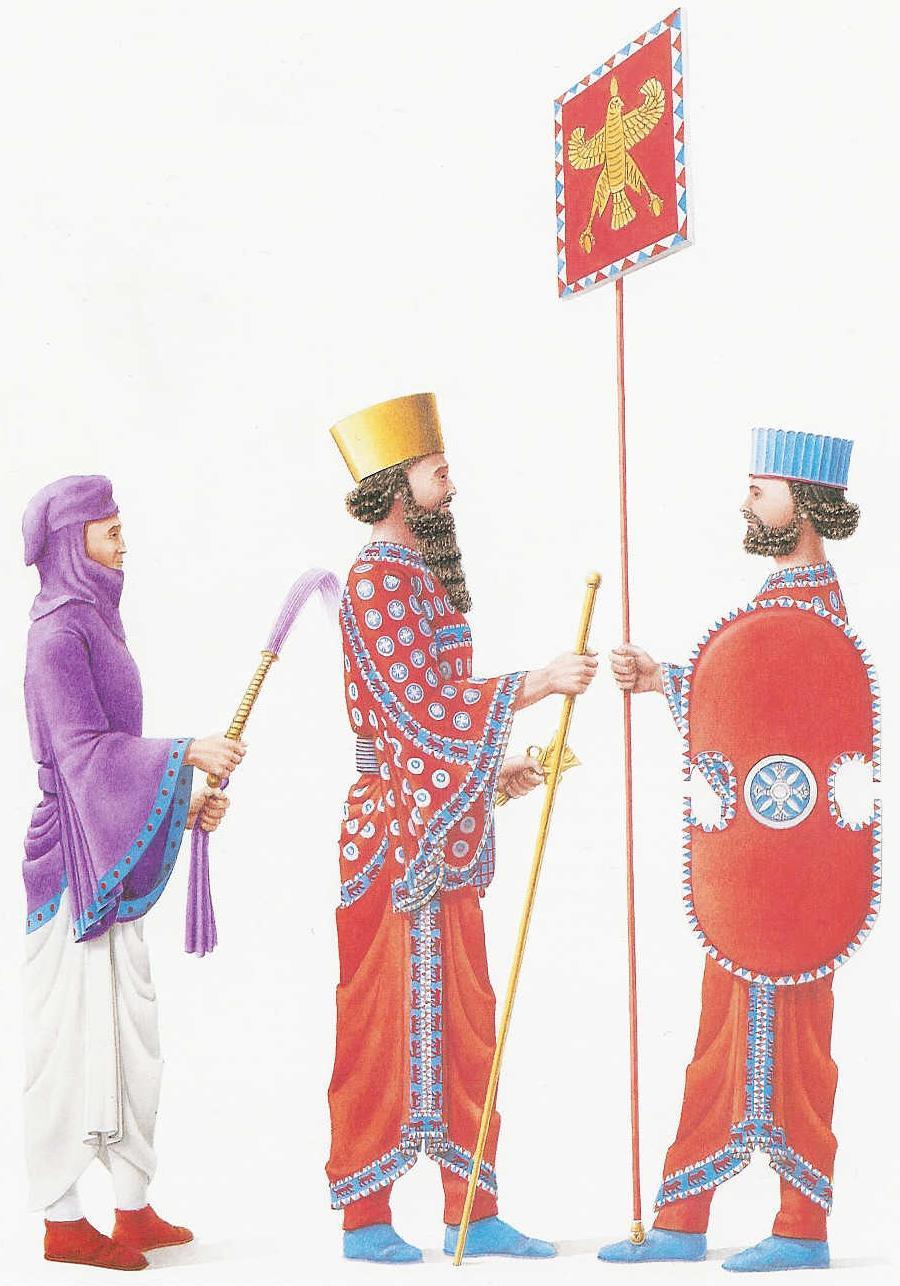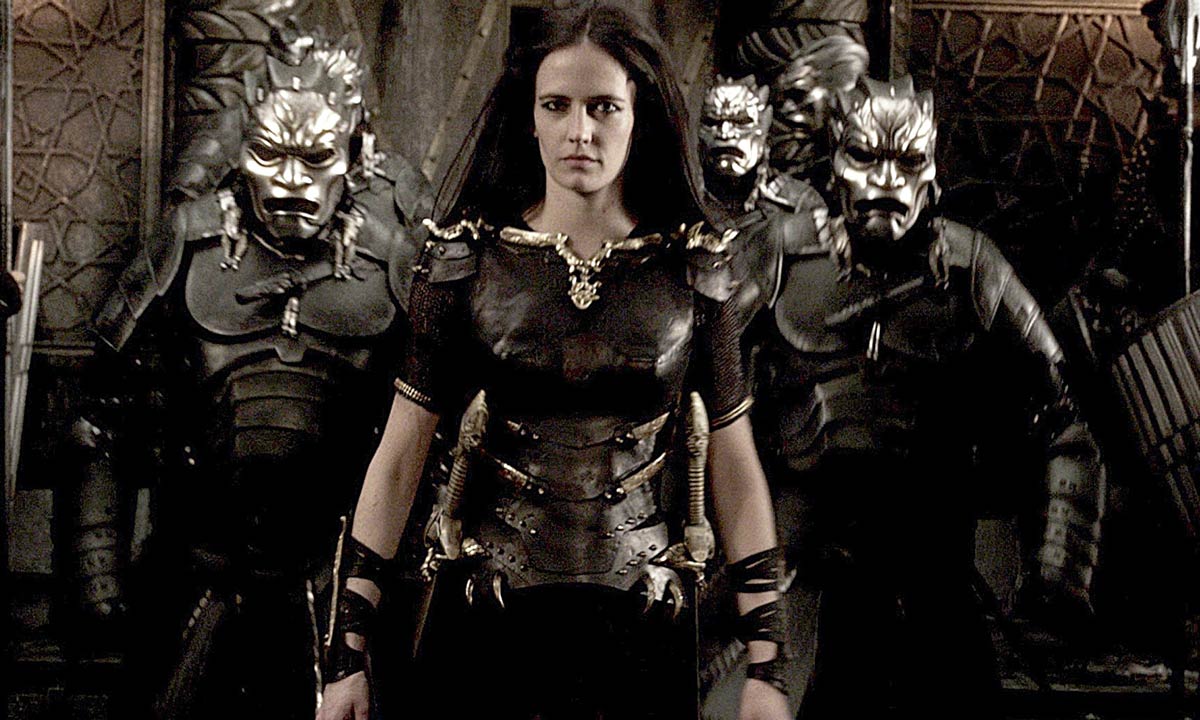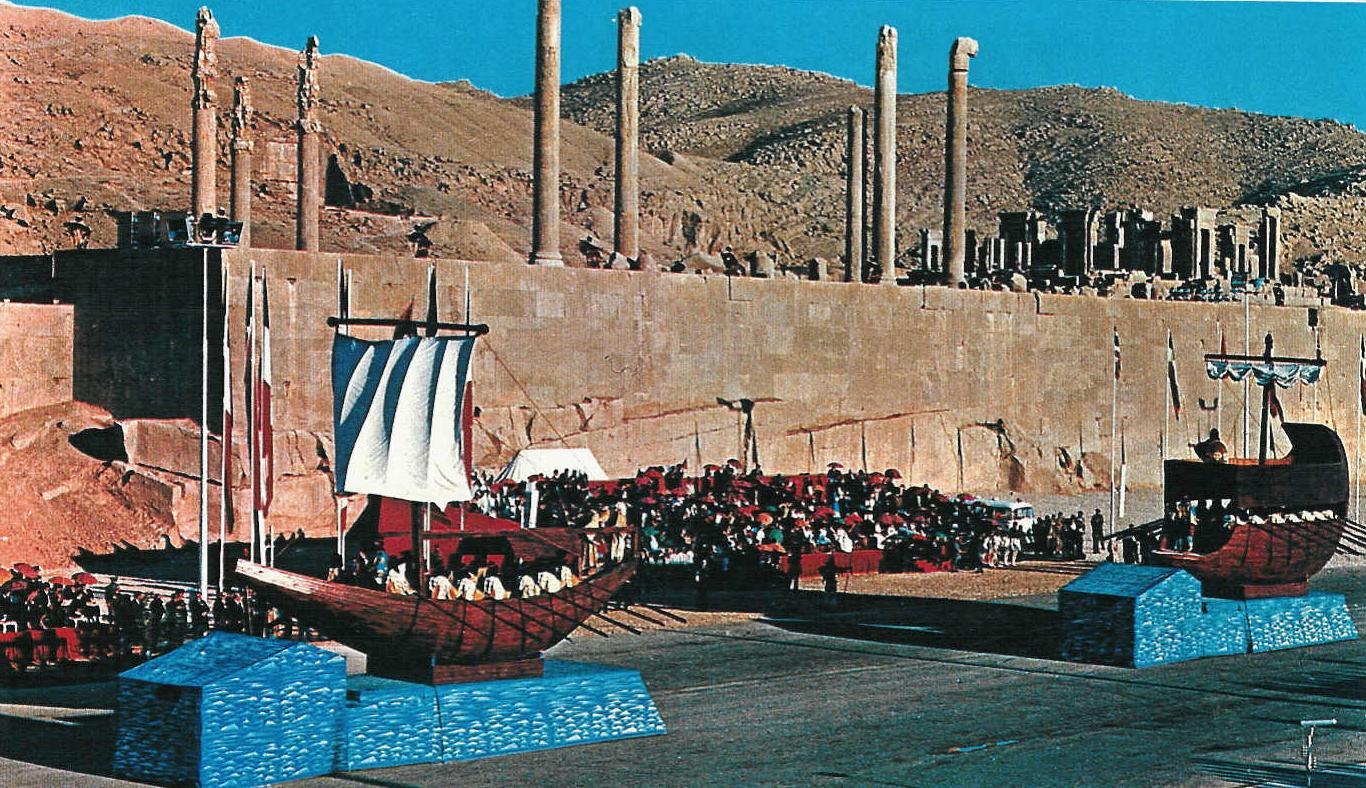Historian John Trikeriotis, himself of Greek descent, has written an excellent critique of the sequel to the original 300 movie entitled: “300: Rise of an Empire” And Its Ahistorical Depiction Of Xerxes The Great And Queen Artemisia” (Payvand News, March 16, 2014).
 Historian John Trikeriotis is a lecturer of ancient Greek warfare and member of the archaeological group, “The Leonidas Expeditions”. In addition, he created the 300spartanwarriors.com, which is used by schools and libraries as a resource on the Battle of Thermopylae.
Historian John Trikeriotis is a lecturer of ancient Greek warfare and member of the archaeological group, “The Leonidas Expeditions”. In addition, he created the 300spartanwarriors.com, which is used by schools and libraries as a resource on the Battle of Thermopylae.
Trikeriotis’ article is reproduced below; kindly note that excepting one photo, all other pictures posted in the version below originally appeared in Kaveh Farrokh’s response to the first 300 movie entitled: “The 300 Movie: Separating Fact from Fiction“. All commentaries for the pictures are posted by Kavehfarrokh.com. There is also a section of the History Channel program “Engineering an Empire: The Persians” embedded into Trikeriotis’ article below.
=====================================
The historian Herodotus of Halicarnassus wrote in Book 7, Chapter 187 (Aubrey De Selincourt translation) that: “Amongst all these immense numbers there was not a man who, for stature and noble bearing, was more worthy than Xerxes to wield so vast a power.” Yet, the Warner Bros.’ movies “300”, and its followup “300: Rise of an Empire” which premiered last week, elected to characterize the Achaemenid king based on the eponymous Frank Miller comic book series. His depiction in both of these films as a multi-pierced, bejeweled royal has greatly contrasted with the appearance of Darius the Great’s son, who was immortalized on the palatial reliefs of Persepolis, and more accurately portrayed in the 1962 20th Century Fox motion picture, “The 300 Spartans”.
 A historical reconstruction by Professor Nick Sekunda: Court Eunuch (left), King Xerxes (centre) and Royal Spearbearer (right) (Nick Sekunda, The Persian Army, Osprey Publications, 1992, Plate B; Paintings by Simon Chew). For more see Farrokh’s “The 300 Movie: Separating Fact from Fiction“.
A historical reconstruction by Professor Nick Sekunda: Court Eunuch (left), King Xerxes (centre) and Royal Spearbearer (right) (Nick Sekunda, The Persian Army, Osprey Publications, 1992, Plate B; Paintings by Simon Chew). For more see Farrokh’s “The 300 Movie: Separating Fact from Fiction“.
While this physical transformation in the movie is disconcerting, it pales in comparison to the embellishments with respect to Xerxes’ reign over his forces during the Graeco-Persian Wars. More succinctly, it is the symbiotic relationship between Xerxes and Queen Artemisia of Halicarnassus which is appallingly ahistorical. Herodotus recorded through oral testimony that Artemisia commanded five vessels, and added that Xerxes was so impressed as to her gallantry during the Battle of Salamis (September 480 BCE) that he stated, “My men have turned to women, and my women to men.”
While this anecdote may be apocryphal, screenwriters, Zack Snyder and Kurt Johnstad, have significantly expanded the role of Artemisia beyond incredulity. Portrayed by French actress Eva Green, the Queen of Halicarnassus’ influence over Xerxes coincides with her ascension to the rank of admiral in the Persian king’s navy. In a series of vignettes, any officer or official of the court who remotely looks as if they will present a challenge to her rise in power is deftly dispatched.
 Fantasy portrayal of Queen Artemesia of Halicarnassus (as portrayed by French actress Eva Green) and Persian Immortal guards (Source: Payvand News). The movie not only distorts the attire and equipment of Artemesia and the Immortal Guards, it also presents a caricature image of both Greeks and Persians in antiquity. For more on this topic of false portrayals, kindly see Farrokh’s “The 300 Movie: Separating Fact from Fiction“.
Fantasy portrayal of Queen Artemesia of Halicarnassus (as portrayed by French actress Eva Green) and Persian Immortal guards (Source: Payvand News). The movie not only distorts the attire and equipment of Artemesia and the Immortal Guards, it also presents a caricature image of both Greeks and Persians in antiquity. For more on this topic of false portrayals, kindly see Farrokh’s “The 300 Movie: Separating Fact from Fiction“.
In what is perhaps one of the most implausible scenarios from this latest motion picture, Xerxes I (Rodrigo Santoro), as a result of Artemisia’s Machiavellian maneuvering, plays a subordinate role and is essentially emasculated in the process. Furthermore, historicity continues to suffer when the queen in another moment of bravado and posturing declares “I will attack the Greeks…with my entire navy.” While this rhetoric may fit into the context of the movie, in reality her fleet was so proportionately small relative to that of the entire Persian armada of 600 plus vessels that it is highly improbable that she could have had a major impact on either of the naval battles of Artemisium (August 480 BCE) or Salamis.
 Reconstruction of Achaemenid ships in 1971; for more see Farrokh’s “The 300 Movie: Separating Fact from Fiction“.
Reconstruction of Achaemenid ships in 1971; for more see Farrokh’s “The 300 Movie: Separating Fact from Fiction“.
There is one bright spot in the film which begins with the Battle of Marathon (490 BCE) and ends with the Battle of Salamis. It is the image of the construction of the two bridges over the Hellespont (modern day Dardanelles), which enabled Xerxes’ army to march from Abydos to Sestos. Measuring a distance which has been conservatively estimated at approximately 1,400 yards, while spanning over the Hellespont’s turbulent waters, these structures are considered one of ancient history’s greatest engineering achievements.
Part Four of the History Channel program “Engineering an Empire: The Persians“; this section discusses Xerxes’ construction of the bridge over Bosphorus, linking Europe with Asia.
The battles and several of the combatants featured in “300: Rise of an Empire” have been chronicled by ancient historians, as was the three-day naval engagement at Artemisium. As one of the focal segments of the film, it was fought concurrently, on the same days as the conflict at Thermopylae. However, the fighting at Thermopylae is not depicted, only its aftermath is included. Apparently the studio felt compelled to reference the death of King Leonidas and the Spartans during the last stand since it would validate the application of the “300” moniker in the follow-up film’s title. Furthermore, Noam Murro, who succeeded Zack Snyder as director, continued linearly with his predecessor’s visual style. Unfortunately, “300: Rise of an Empire” also maintains the same approach for rendering much of what is shown on the screen as caricature.



